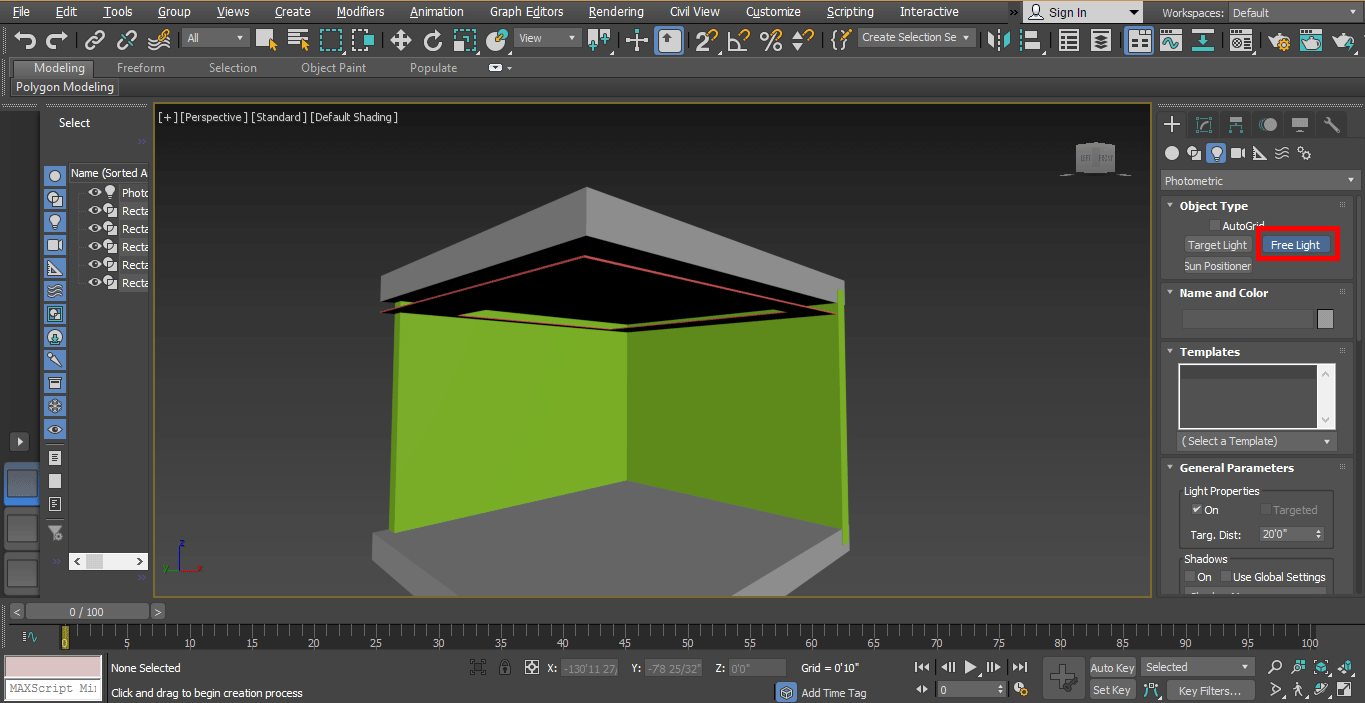
There are two ways to convert existing scenes and lighting analysis components to V-Ray equivalents. 4.0).Ĭonverting Light Meters and Lighting Analysis Image Overlay Render Effects

2000) and higher light cache retrace threshold (e.g.

To ensure correct results, it is recommended to use the default V-Ray GI settings, with optionally increased light cache subdivs (e.g. This is because these materials do not reflect light diffusely and V-Ray computes the illuminance values with very low precision or may skip illuminance calculations completely.

Illuminance values shown over glass and mirror objects represent illuminance of the glass or mirror surface (and not on the surfaces seen through the glass or mirror) and may be quite noisy or with a zero value. When using the same settings (min/max and scale type) as the VRayLightMeter, the results should be the same for the total illuminance. During the render, the VRayLightingAnalysis may display some approximation to the false-color image, but it should not be interpreted as being the final result.Īfter a render is complete, most settings of the VRayLightingAnalysis can be dynamically adjusted and the result can be displayed without re-rendering by pressing the Update button. The VRayLightingAnalysis Render Element is a post-effect and is only updated once the rendering is complete. V-Ray does not yet have a Lighting Analysis control panel so if you need to set the min/max values for all VRayLightMeter’s in the scene, you can use the following MaxScript function: with a sufficiently high number of light bounces).Ī progress window is displayed during the calculations, which shows the current pass and provides the option to cancel the calculations: The Brute force + Light cache combination is used for GI, which should produce results comparable to radiosity methods (i.e. To ensure correctness of the results, the light meter creates its own internal instance of the V-Ray renderer to perform the calculations and any settings of the current 3ds Max production renderer are ignored. There are four baking passes - one to collect the main illuminance data, two more to determine the predominant direction of the lighting, and a fourth pass for the daylight factor. Internally, the light meter values are calculated in several passes using the texture baking mechanism of V-Ray. Higher values will be faster to calculate but may appear noisy.

The precision of the result can be controlled with the Error tolerance parameter. Before results can be displayed in the viewport, the values for the light meter grid must be calculated either by pressing the Calculate button, or by calling the MaxScript calculate() method of the light meter (V-Ray does not automatically recalculate scene light meters during regular image rendering).


 0 kommentar(er)
0 kommentar(er)
